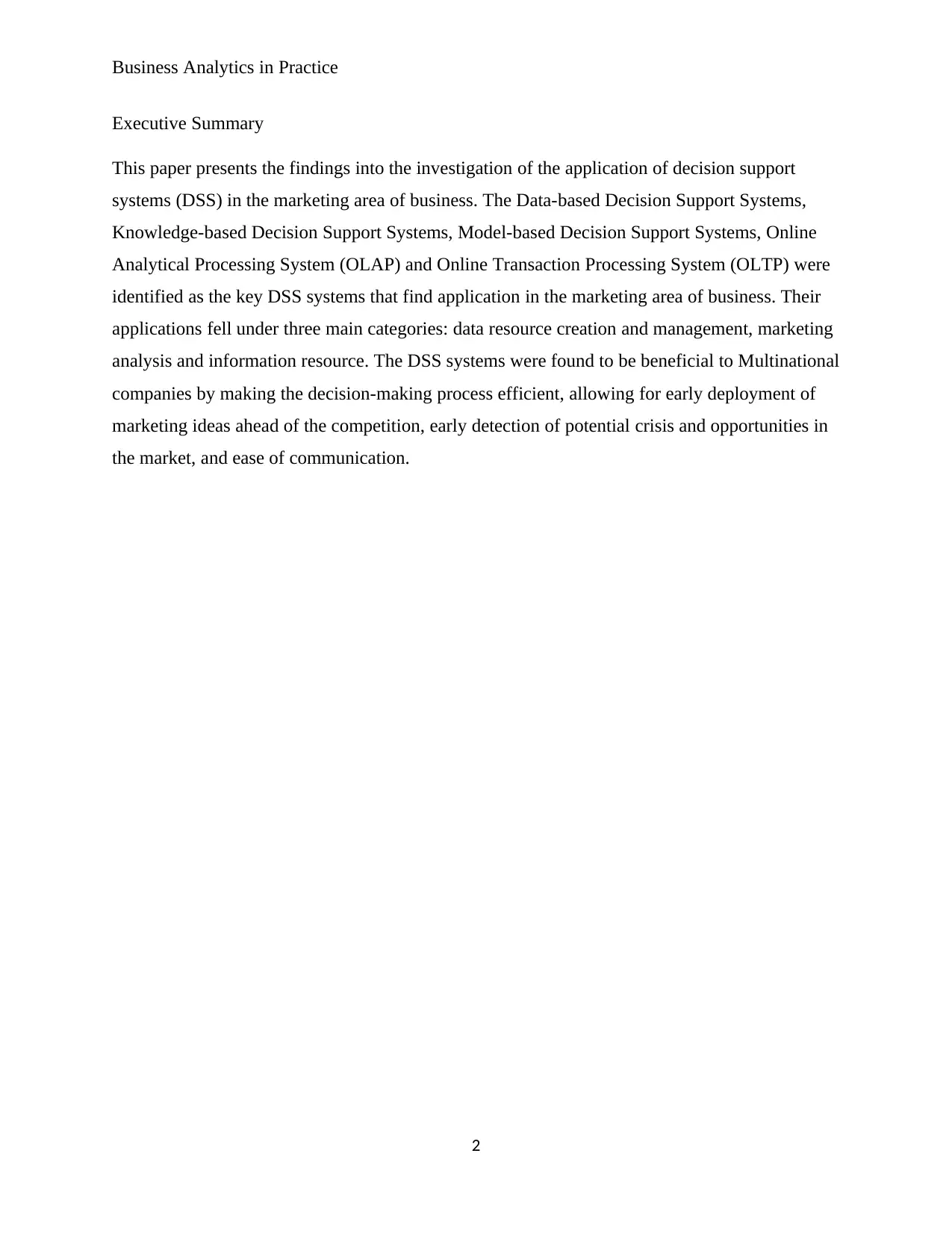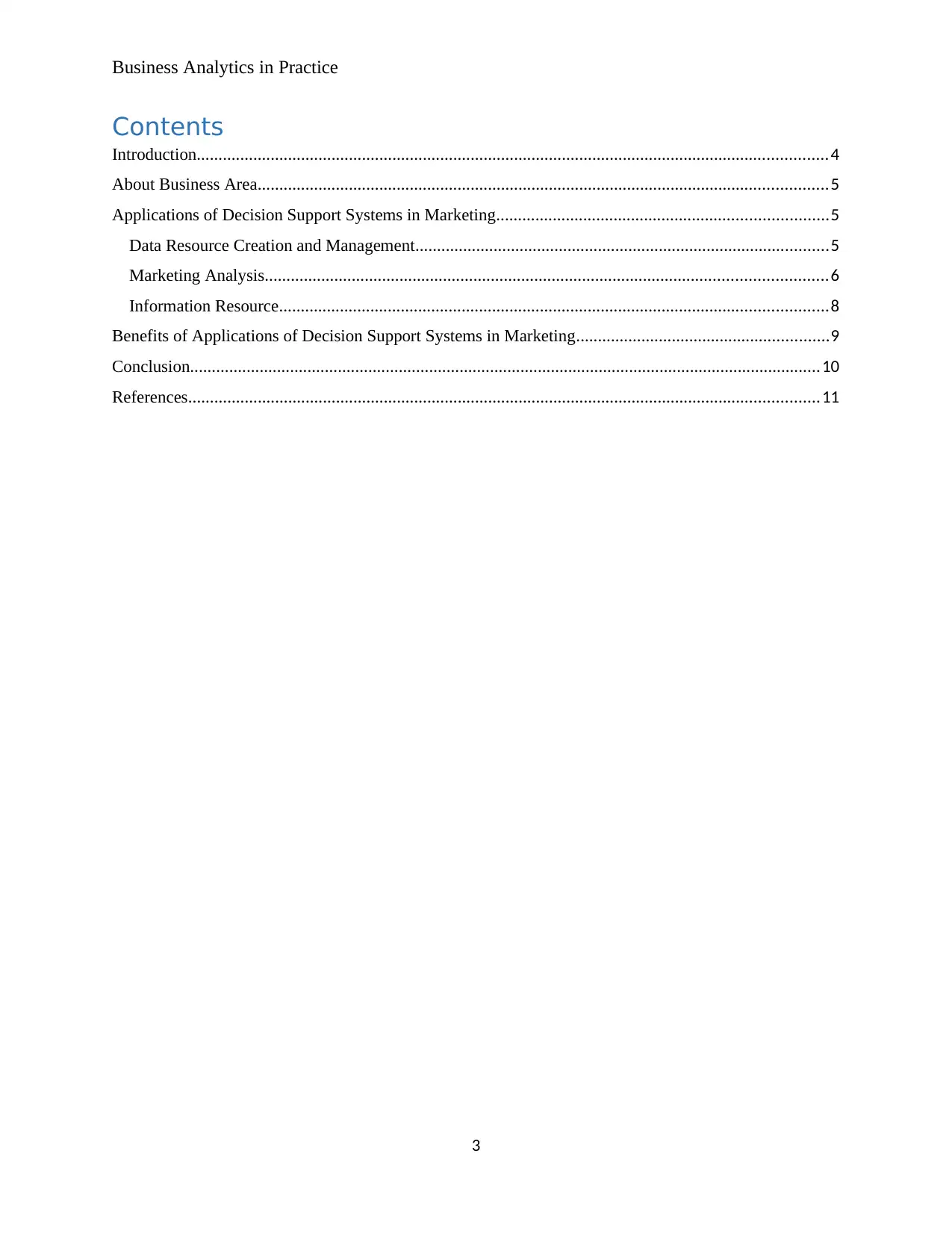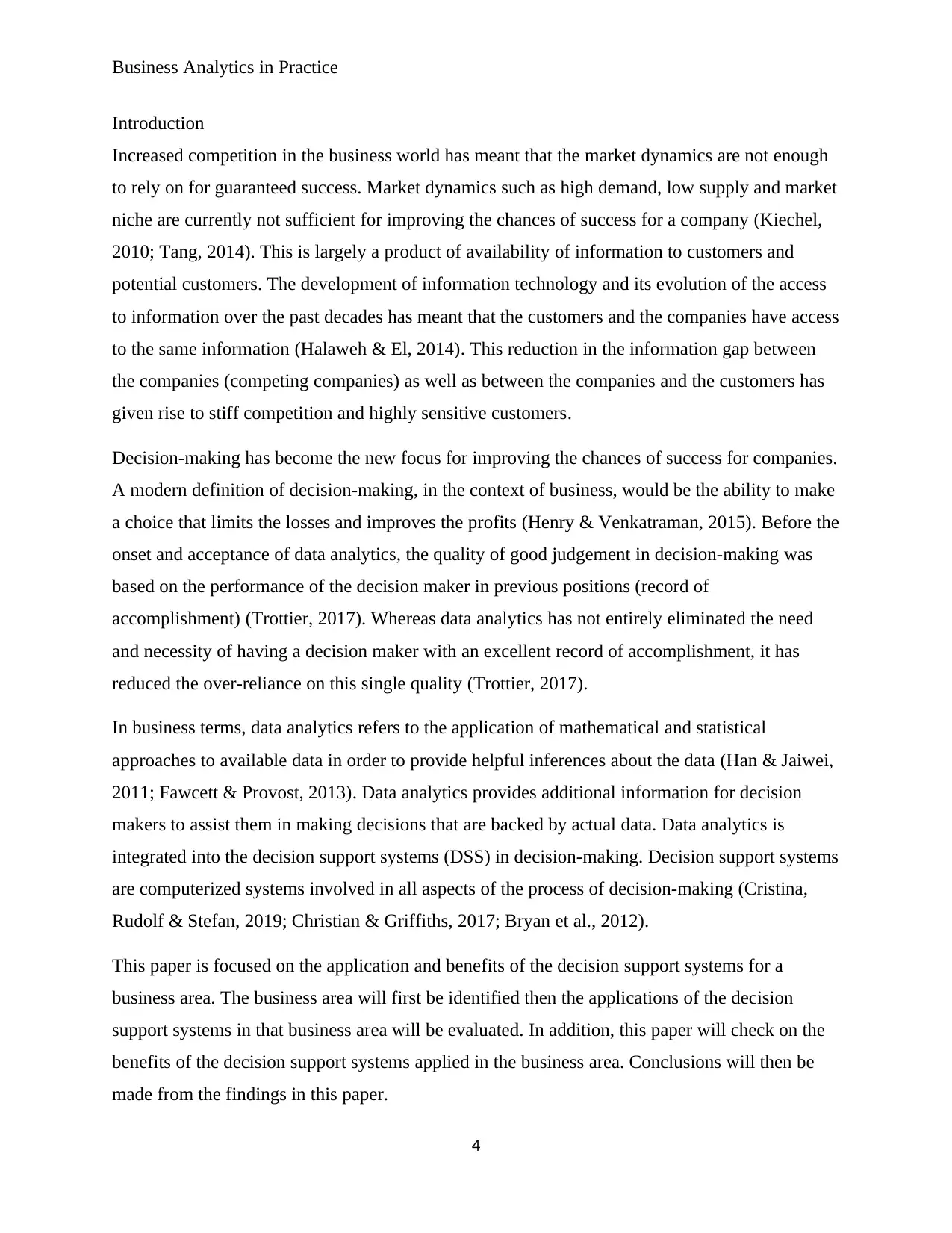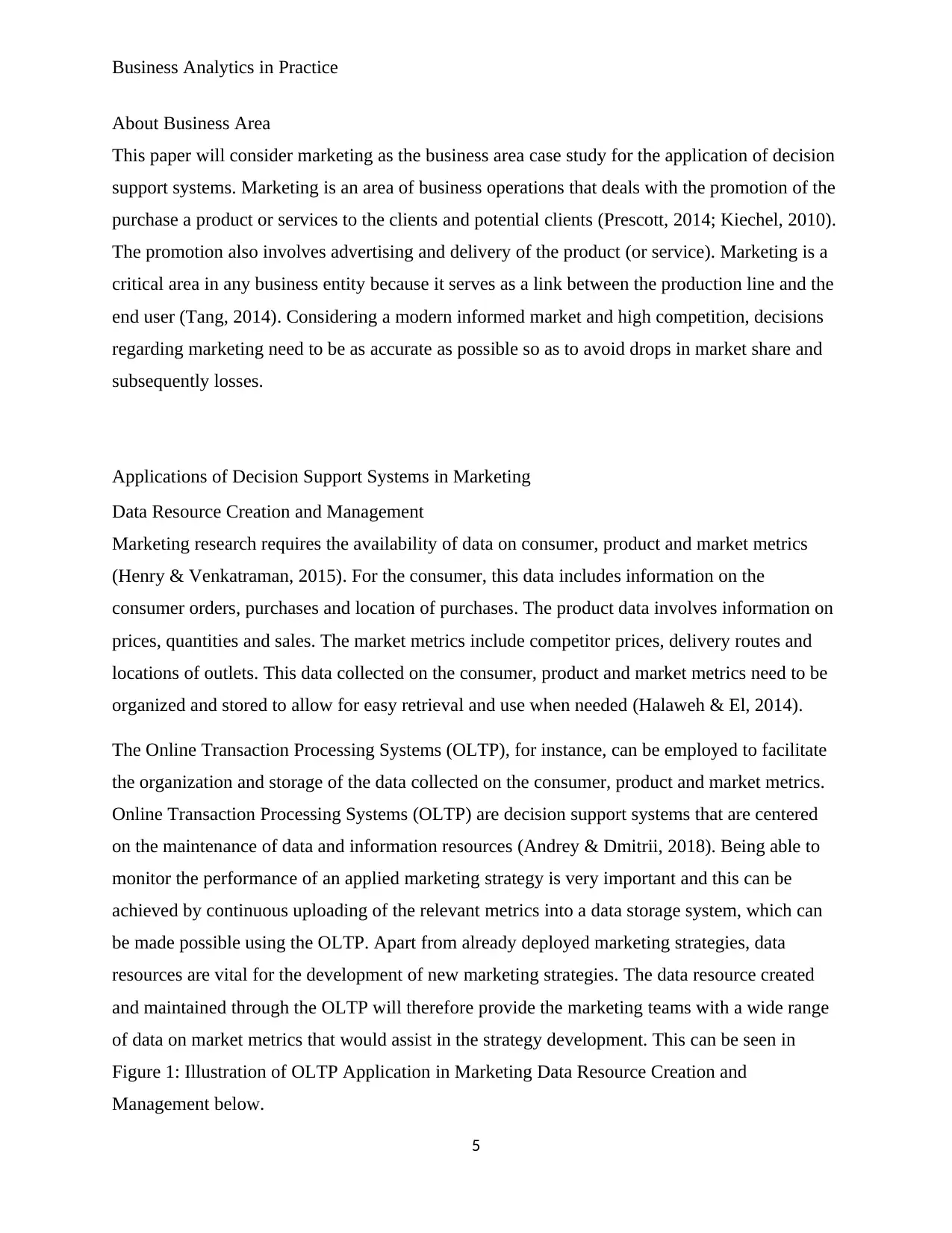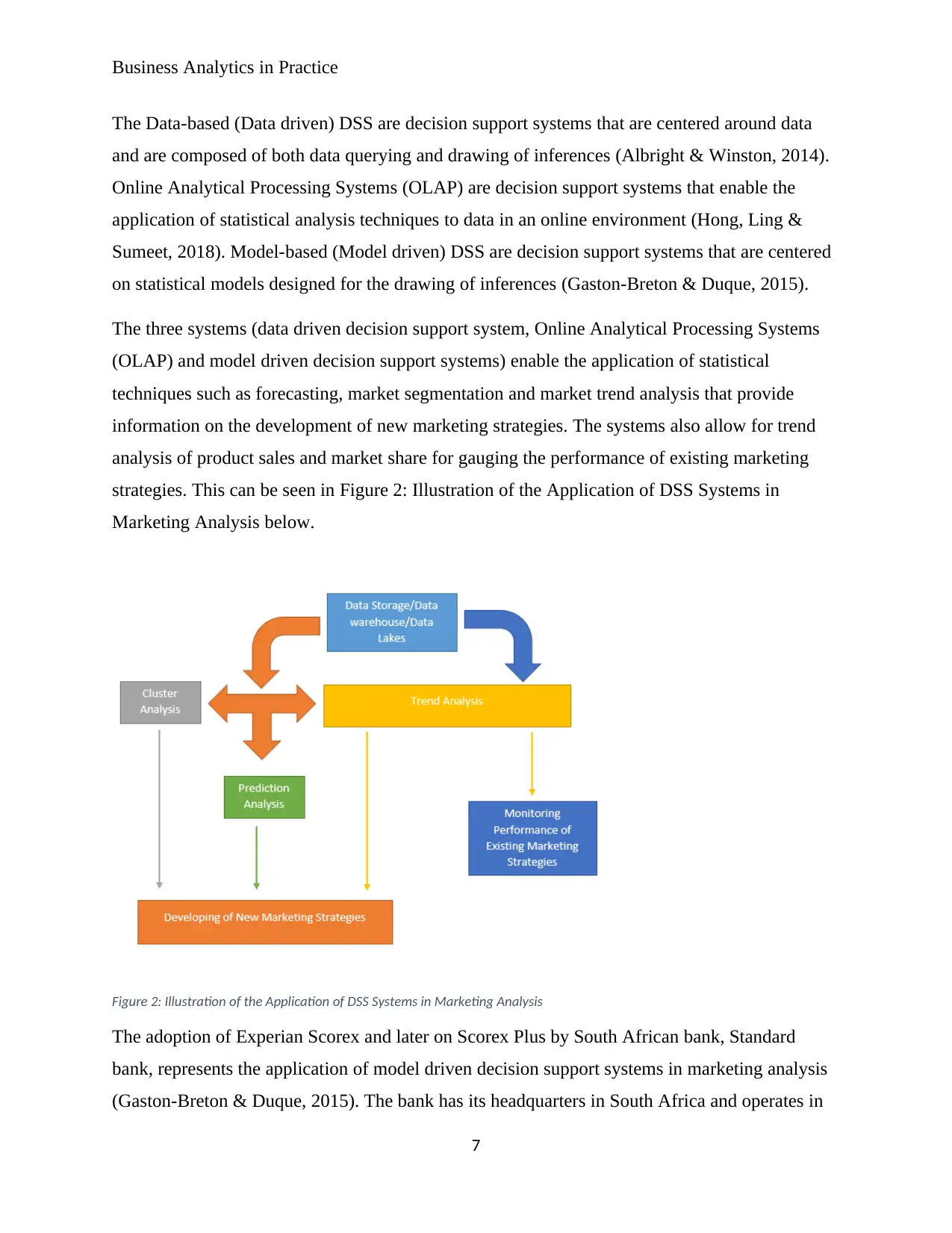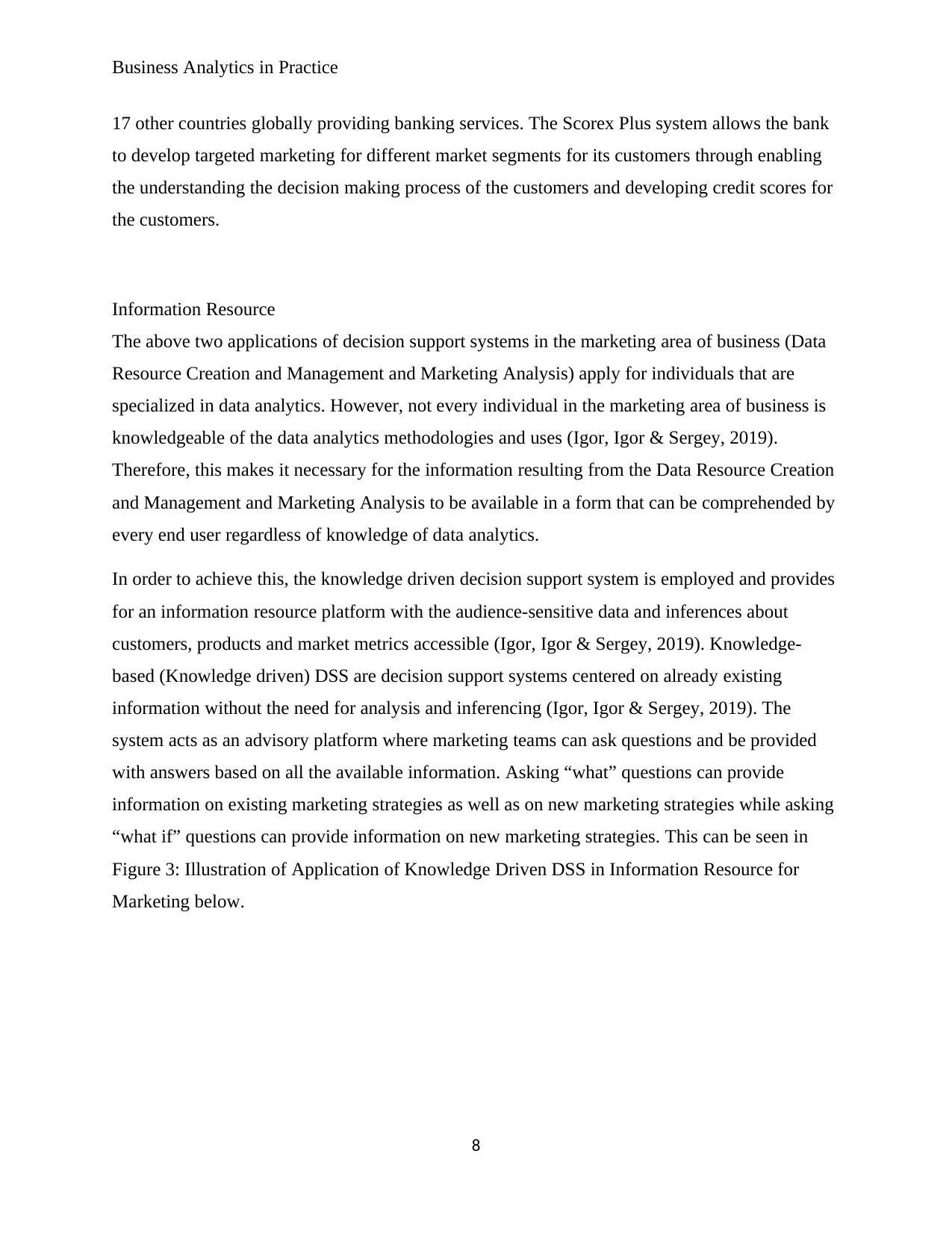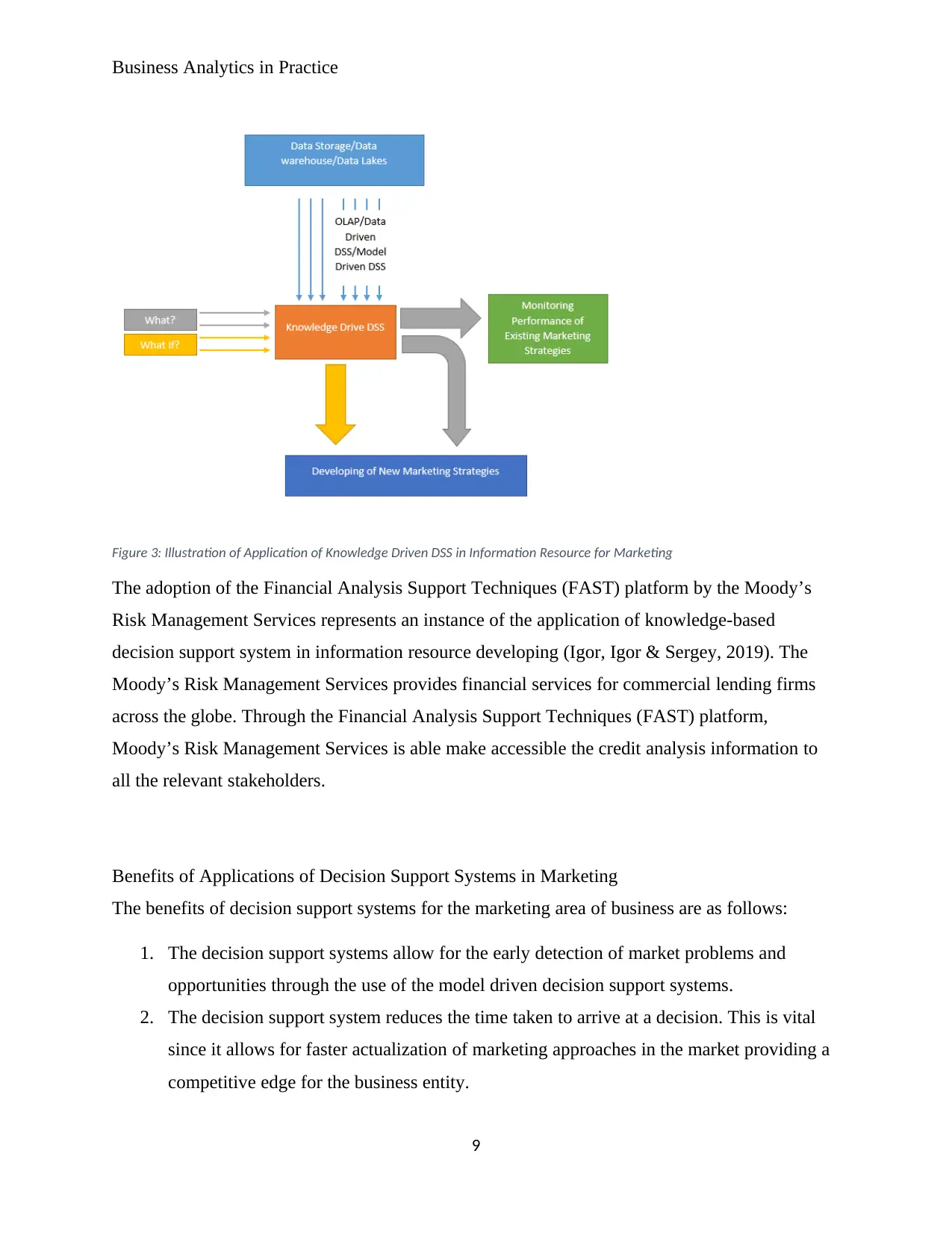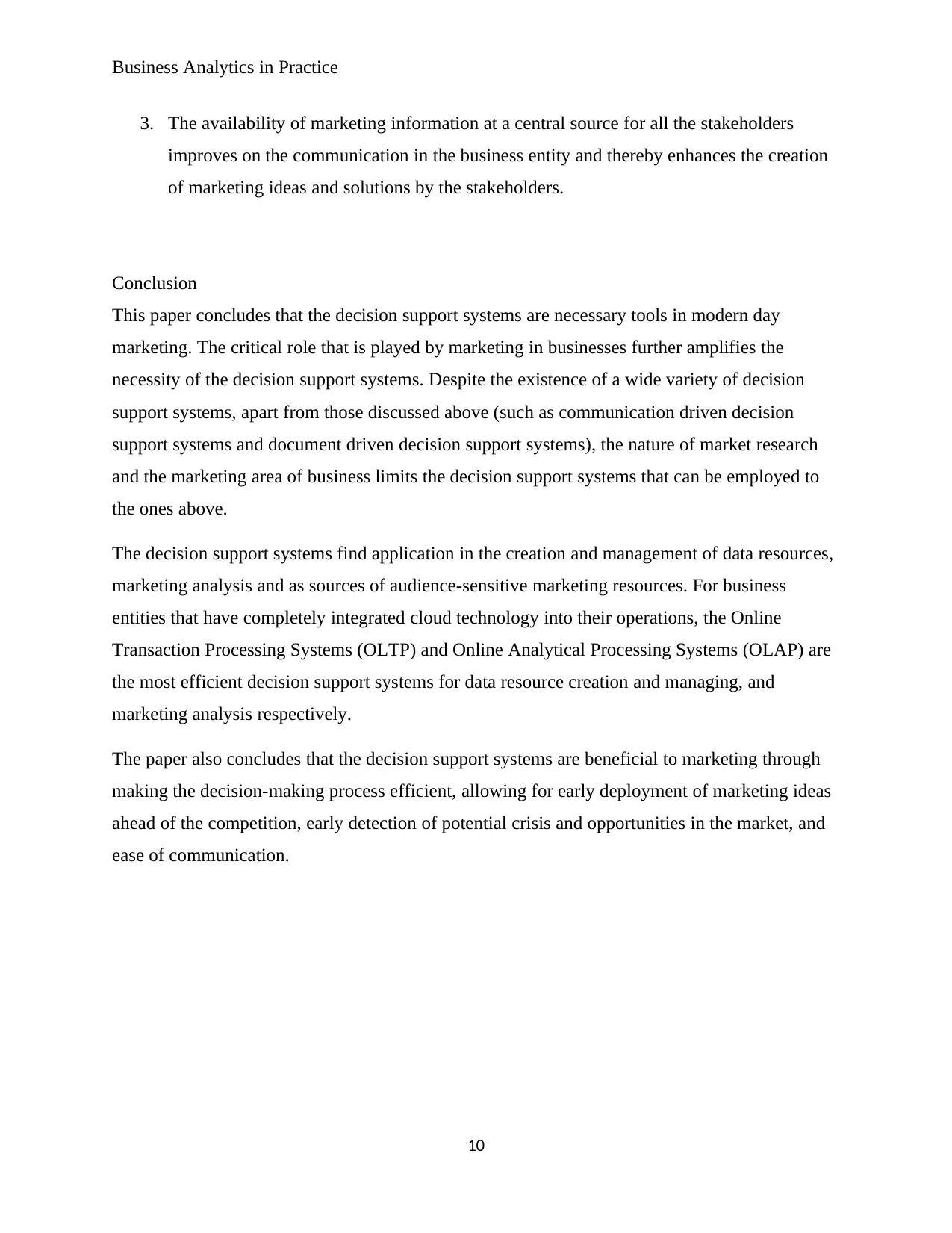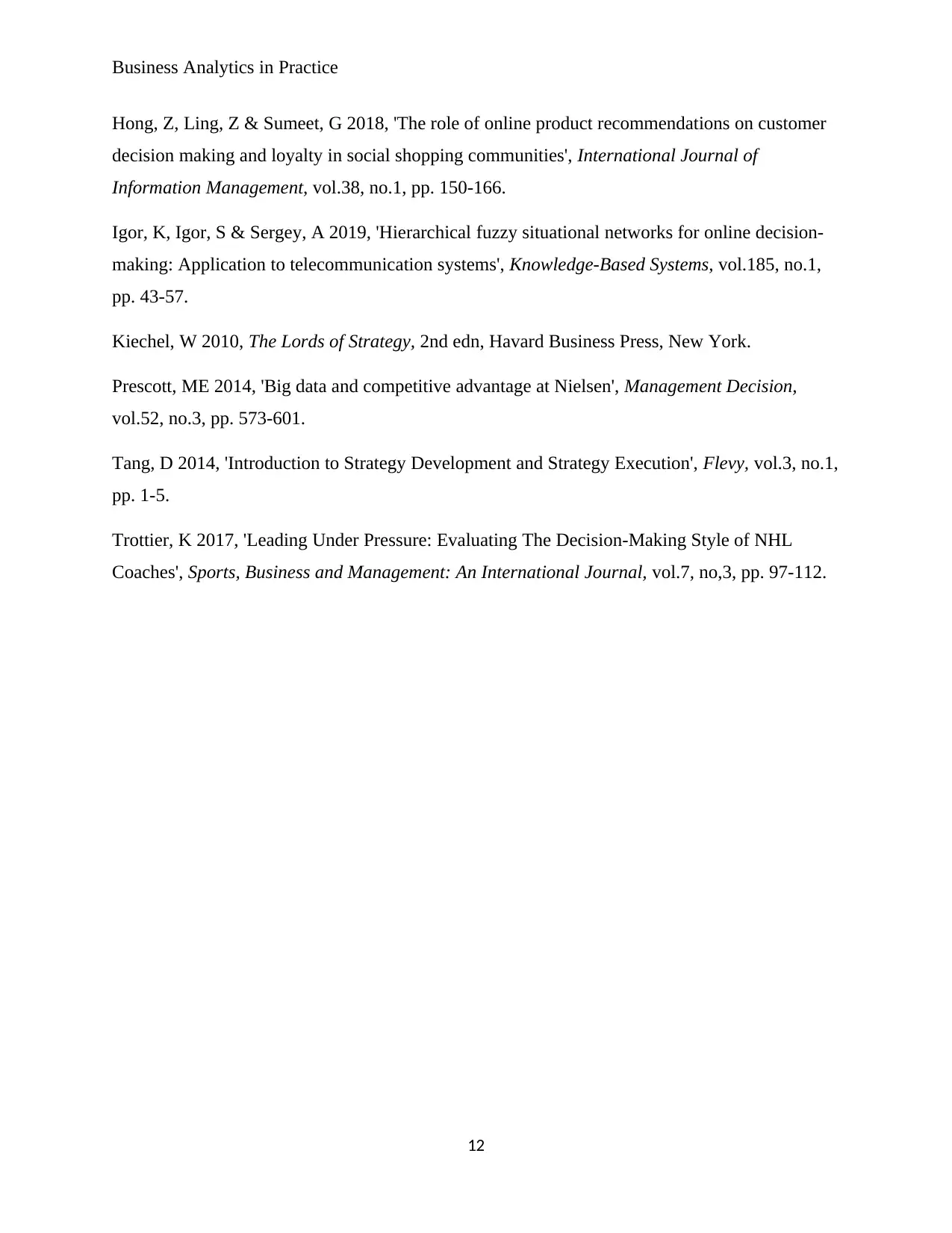Scenario: Corporate managers, in this modern world, heavily rely on data analytics to make informed decisions in various areas of the business such as production, marketing, sales, alliances, customer service, etc. Corporate managers use various types of decision support systems (software systems) that are helpful to compile information/data for identification and solution of the problems. This research report requires students to choose one particular business area and investigate how data analytics (with the help of particular decision support systems) has been helpful to corporate managers in their decision making. Task: For the development of this individual research report, each student is required to explore databases and other resources to find quality articles, case studies, survey report, etc. relevant to her/his chosen area of business. Students are expected to review and analyse the contents of articles and report findings in an
![[object Object]](/_next/static/media/star-bottom.7253800d.svg)
![[object Object]](/_next/static/media/star-bottom.7253800d.svg)

